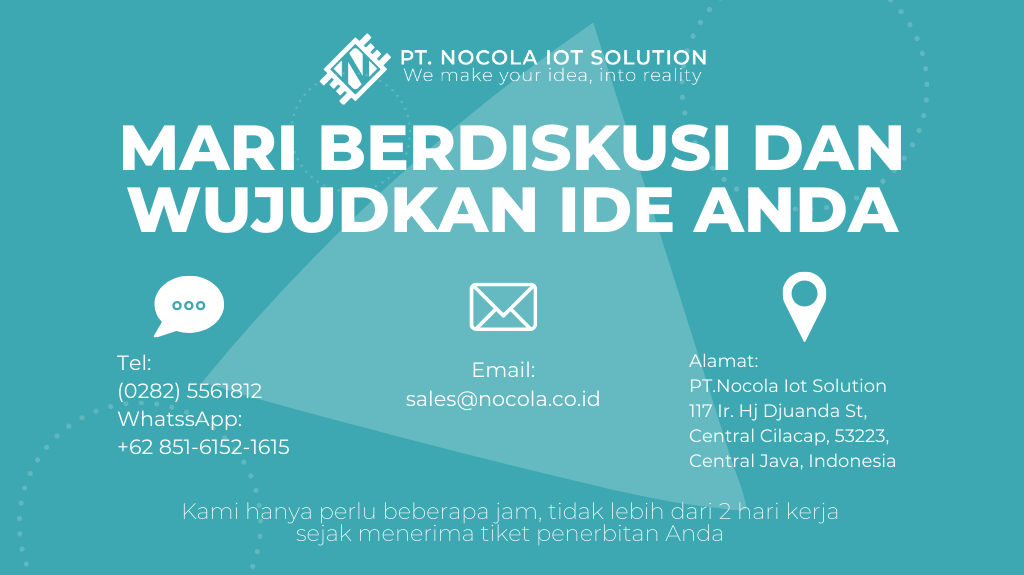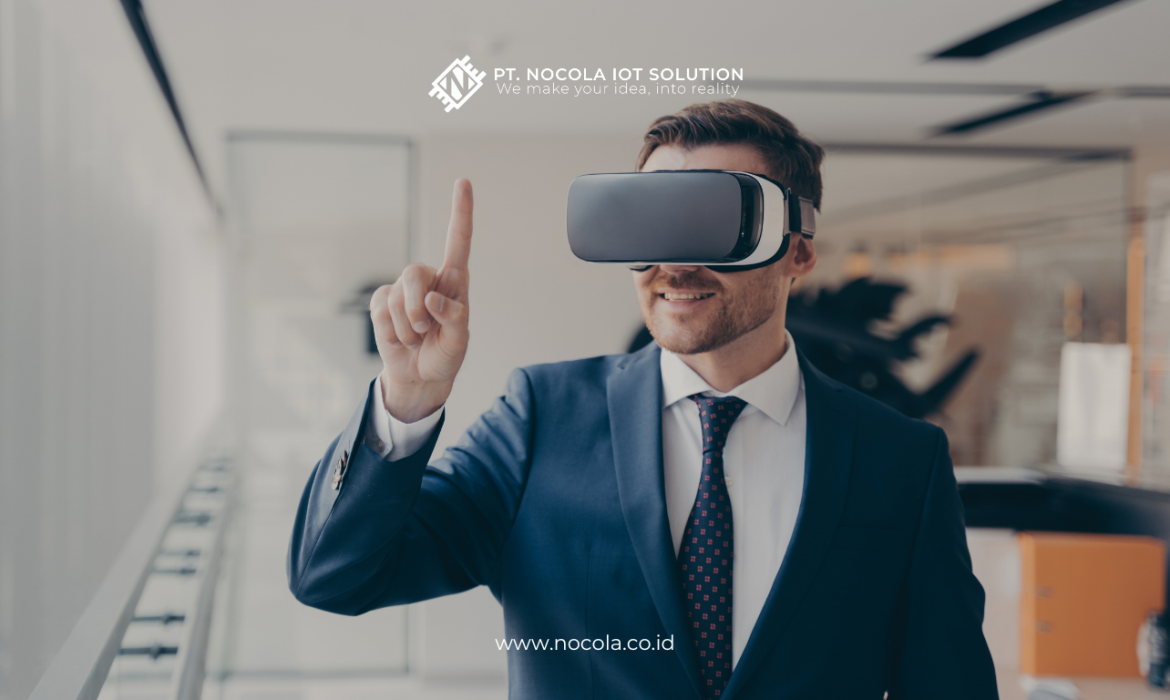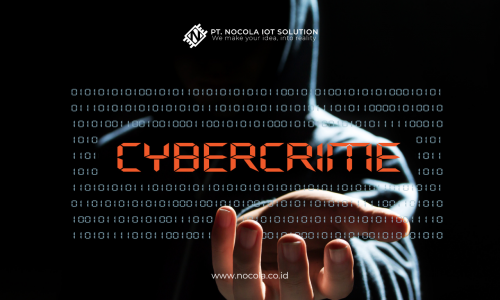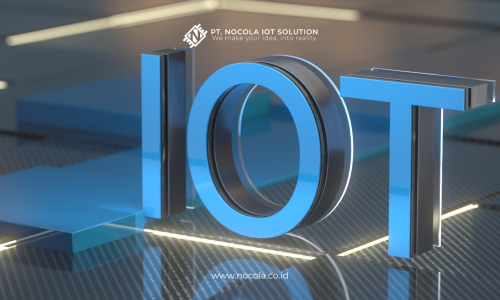Read More: The Impact of Technology on Various Aspects of Life
In the rapidly evolving digital era, Virtual Reality (VR) and Augmented Reality (AR) technologies have become two major innovations reshaping the way we interact with the world around us. Both have found extensive applications across various industries, ranging from education and entertainment to healthcare and manufacturing. In this article, we will explore the implementation of VR and AR in various fields, along with their profound impacts on society and industries.
Contents
1. VR and AR in Education
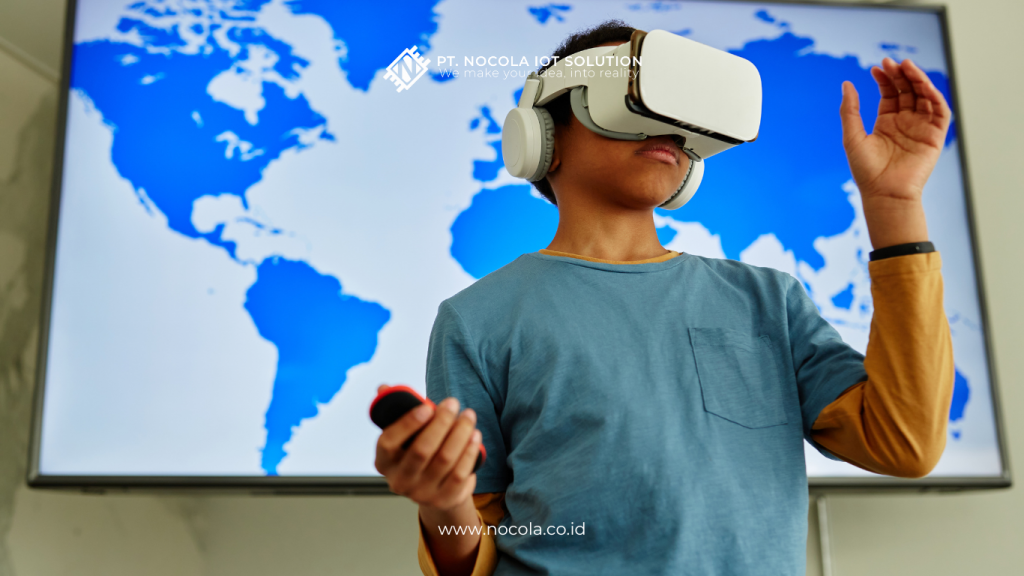
Read More: The Impact of Technology on Various Aspects of Life
In the field of education, VR and AR have opened doors to more interactive and immersive learning experiences. By utilizing these technologies, students can visit historical sites, explore outer space, or even study human anatomy in realistic and interactive ways. This not only makes learning more engaging but also helps improve understanding and retention of information.
2. VR and AR in Entertainment Industry
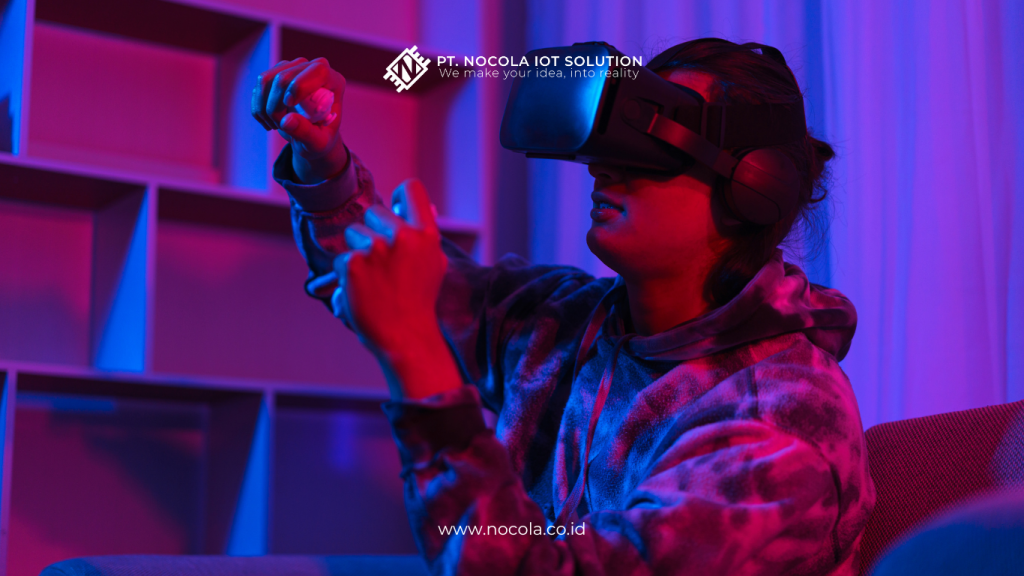
Read More: What is Web3 Technology?
The entertainment industry is one of the first to adopt VR and AR technologies. With increasingly realistic VR games and enriching AR experiences, users can experience adventures like never before. From video games to interactive films, VR and AR bring entertainment to a higher level, allowing users to truly engage in the stories they experience.
3. VR and AR in Healthcare
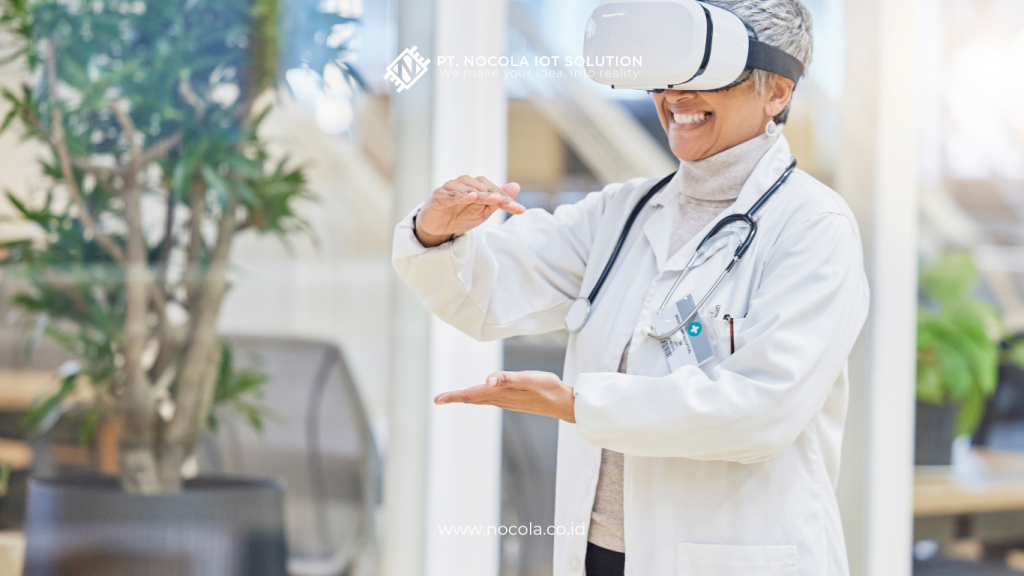
Read More: Internet of Things: Technology and Manufacturing Cultural Heritage
In the healthcare field, VR and AR have brought significant innovations. They are used in physical therapy for patient rehabilitation, surgical simulations to train future doctors, and even to reduce pain and anxiety during medical procedures. These technologies not only help improve healthcare efficiency but also enhance the quality of life for patients.
4. VR and AR in Business and Manufacturing
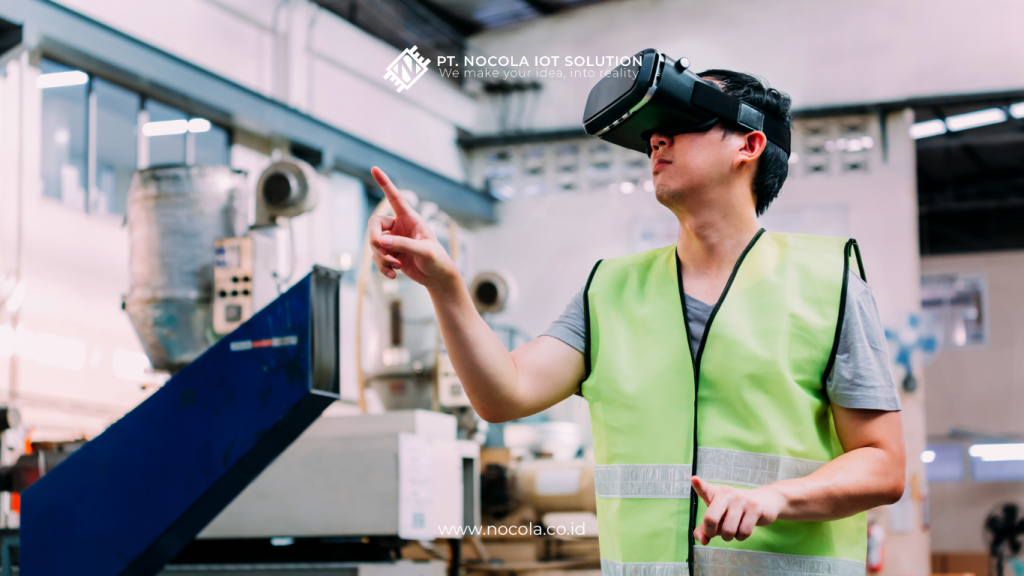
Read More: AgTech – Bukan Hanya Untuk Peternakan Besar?
In the business and manufacturing world, VR and AR have opened up new opportunities in product design, employee training, and marketing. By using VR simulations, companies can virtually test product prototypes before physical production, saving time and costs. Additionally, AR has been used to improve efficiency on the production line by providing visual guidance directly to workers.
5. VR and AR in Tourism and Travel
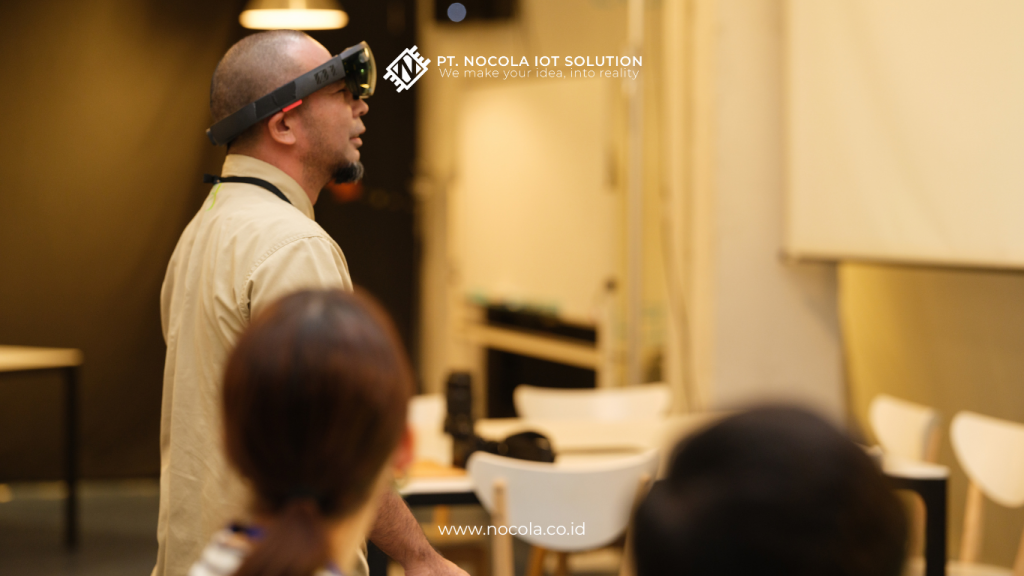
Read More: Smart Parking Berbasis IoT untuk Kemudahan Pengguna
In the tourism and travel industry, VR and AR have changed how people plan and experience their vacations. By utilizing this technology, travelers can take virtual tours to exotic locations before making their travel decisions. Additionally, AR is used to provide real-time information about tourist attractions being visited, enhancing the overall tourist experience.
Conclusion
The implementation of VR and AR in various fields has opened doors to a promising interactive future. From education to entertainment, healthcare, business, and tourism, these technologies have redefined how we interact with the world around us. With the continued advancement of these technologies, we can expect more innovations that inspire and enrich our lives in the future.
